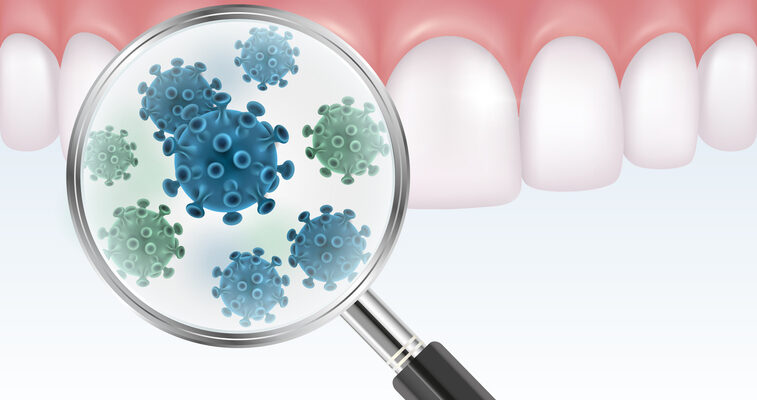Childhood tooth decay, a prevalent and concerning oral health issue, has long been associated with Streptococcus mutans, a bacterium known for its role in causing cavities. However, a recent study conducted by a team of researchers has uncovered a novel twist in the story.
The study, which integrated multi-omics data and advanced imaging techniques, suggests that a previously overlooked microorganism, Selenomonas sputigena, collaborates with S. mutans to enhance the virulence of dental biofilms and worsen the severity of tooth decay.
The research, published in a recent issue of Science Advances, highlights the complex nature of dental plaque, a microbial community that forms on tooth surfaces and contributes to various oral diseases. The team analyzed dental plaque samples from 416 preschool-age children to better understand the interactions between different microorganisms within the biofilm. The researchers identified sixteen taxa that were significantly associated with childhood caries in their metagenomics-metatranscriptomics analyses.
What sets this study apart is the detailed examination of S. sputigena’s role in the context of dental biofilm. This flagellated anaerobe, previously not considered a major player in tooth decay, was found to engage in a symbiotic relationship with S. mutans. The research revealed that S. sputigena becomes trapped within the exoglucans produced by S. mutans, losing its motility but actively proliferating. This led to the formation of a distinctive honeycomb-like multicellular structure that encapsulated S. mutans and enhanced acid production, contributing to the biofilm’s virulence.
Intriguingly, the experiments demonstrated that S. sputigena alone did not significantly contribute to tooth decay. However, when co-infected with S. mutans, S. sputigena played a pivotal role in exacerbating the severity of dental lesions. The animals infected with both microorganisms exhibited more extensive enamel demineralization and cavities compared to those infected with either species alone. This finding underscores the significance of interspecies interactions within dental biofilms in influencing the course of oral diseases.
In conclusion, S. sputigena, once thought to be of minor relevance, has been revealed as a cooperative pathobiont that collaborates with S. mutans to heighten the virulence of dental biofilms and worsen the severity of cavities. This newfound understanding opens the door to novel avenues for combating childhood caries and underscores the intricate nature of microbial communities in human health.
Read the whole study here: https://www.nature.com/articles/s41467-023-38346-3




















Comments